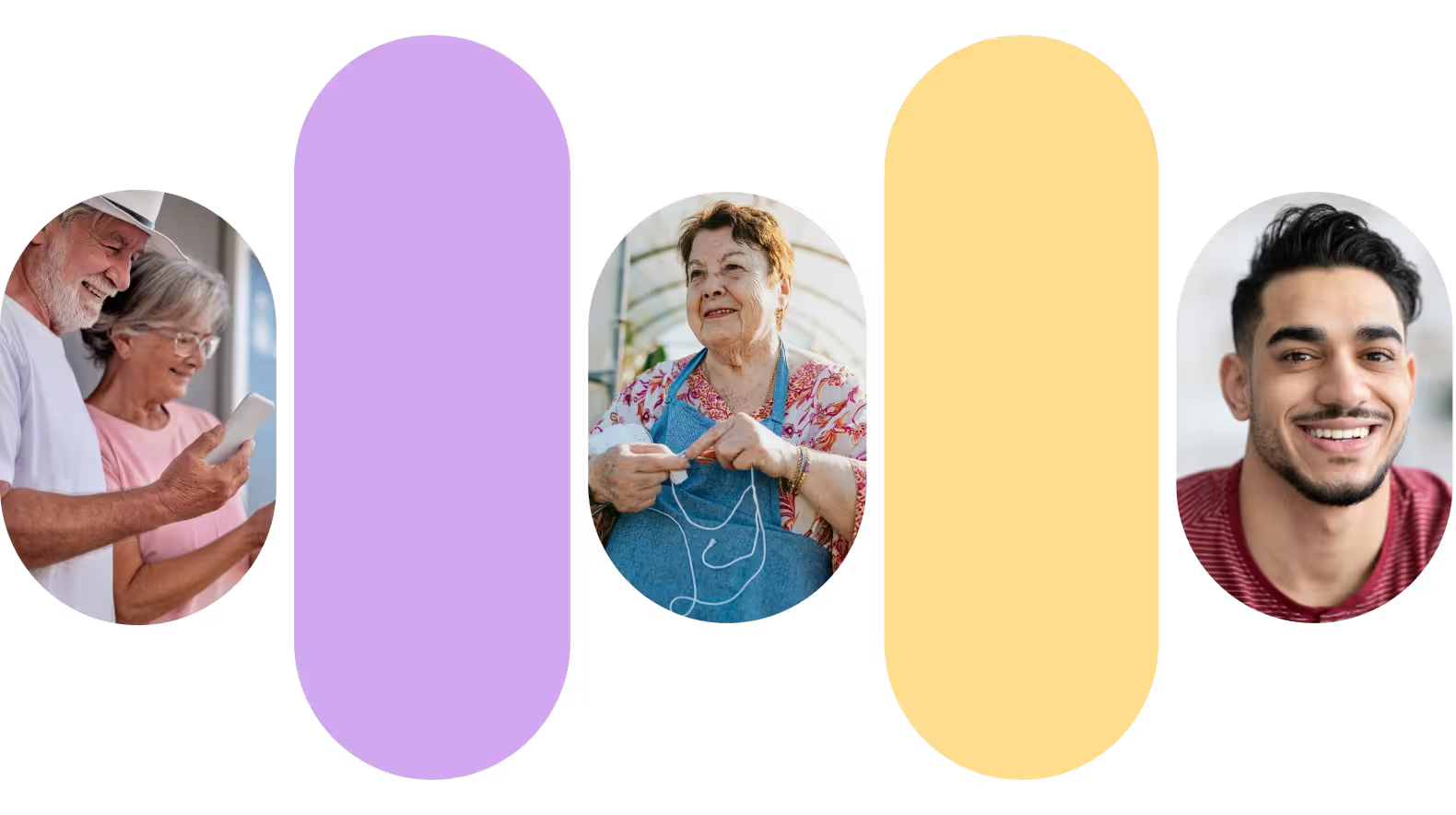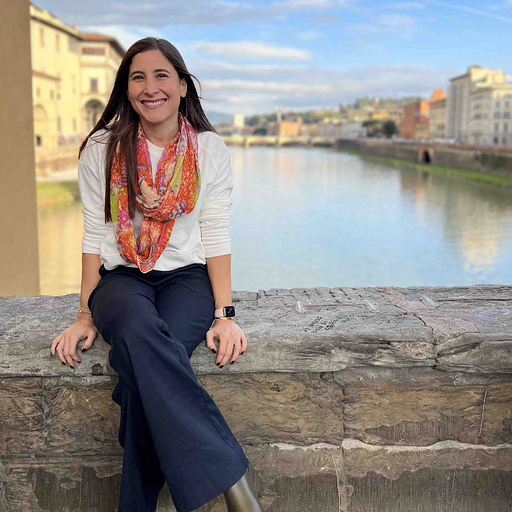What To Do With Old Hearing Aids
If you have old hearing aids laying somewhere in a drawer and you don’t know what to do with them we have an answer for you. Donate your hearing aids!

We all know that getting a pair of hearing aids can be a significant financial burden for some. Yet, these devices are life-changing, offering positive outcomes to those living with hearing loss.
Do you have an extra pair of hearing aids and don't know what to do with them?
If you're thinking about upgrading your current hearing aids or have an old pair lying around, consider donating them.
Did you know you can donate your hearing aids?
There’s a large number of people without access to hearing aids who would greatly benefit from assistive listening devices. Your generosity can make a world of difference to someone in need, helping them access better hearing and improving their quality of life.
Why Donating Hearing Aids Matters
If you foresee your old hearing aids sitting in a dark drawer for years, then it's probably a good idea to donate them.
Donating your hearing aids benefits another individual living with hearing loss who might be unable to afford a new pair. Additionally, you can get a tax deduction when a non-profit organization provides a charitable contribution letter for tax purposes.
Most importantly, your generosity can help others with hearing loss hear better.
Where Can I Donate My Hearing Aids
Donating directly to local organizations and charities is a great way to reach the right people. A great place to start is by asking your audiologist. Most likely, they'll be aware of local organizations and charities that accept hearing aid donations.
Recommended Local Organizations and Charities for Hearing Loss
Lions Club Hearing Aid Recycling Program
Lions Club operates a program that helps people with hearing loss. One of their initiatives is to collect used hearing aids and deliver them to those in need, either by refurbishing them or repurposing parts. They have drop-off locations across the U.S. and internationally.
Learn more about the Lions Club Hearing Aid Recycling Program
Hearing Charities of America
This organization provides hearing aids to low-income individuals. They accept donations and ensure the devices are put to good use.
Learn more about Hearing Charities of America
Starkey Hearing Foundation
Starkey Hearing Foundation works internationally and accepts donated hearing aids to provide hearing aids and hearing care to people in underserved communities worldwide.
Learn more about the Starkey Hearing Foundation
Your Local Audiologist or Hearing Aid Center
Consult with your audiologist or local hearing aid centers that may accept old hearing aids and donate them to those who can’t afford new ones.
Hear Now by Starkey
Hear Now is a US-based program that provides hearing aids to individuals who are low-income or cannot afford them. It accepts donations of hearing aids to be refurbished and redistributed.
How To Get a Tax Deduction From Your Donation
Your hearing aid donation must be made to a qualifying nonprofit organization to be eligible for a tax deduction.
Once you identify your charitable organization, ask them for a written acknowledgment or receipt of your donation. This should include the charity’s name, the date of the donation, and a description of the donated item (hearing aids).
Keep this receipt to report and claim the deduction in your tax forms. Generally, you can deduct up to 60% of your adjusted gross income (AGI) for charitable contributions, but specific limits apply depending on the type of property and the organization receiving it. If donating used hearing aids, the deduction is based on the fair market value, not the original purchase price.
Final Thoughts
Hearing aids can be expensive and a significant number of people who need hearing aids cannot afford them, particularly in low- and middle-income countries.
In the U.S., for example, the average cost of a pair of hearing aids ranges from $1,000 to $6,000, depending on the technology and features. Since most insurance plans, including Medicare, typically don’t cover the cost of hearing aids, many people face financial barriers.
That’s why donating your old hearing aids can mean a world of a difference to someone with hearing loss. By giving others access to these essential hearing devices, you help improve their quality of life, allowing them to engage more fully with the world around them.














